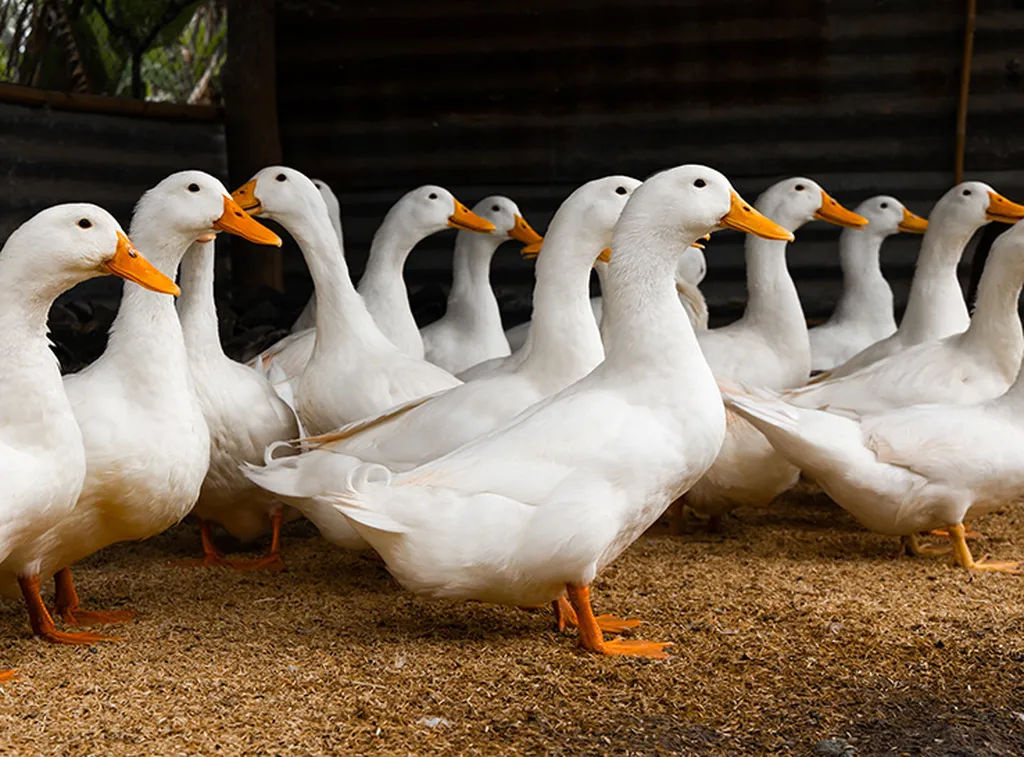In the heart of Türkiye, a groundbreaking study led by Hasan Önder from the Faculty of Agriculture at Ondokuz Mayis University is reshaping how we understand and predict the growth of Pekin ducks. This research, published in the esteemed journal *Veterinary Medicine and Science* (translated as Veterinary Medicine and Science), delves into the intricate world of growth curve models, offering valuable insights for the poultry industry.
Growth is a fundamental trait in livestock, and understanding it can significantly impact commercial practices. Önder’s study compared eight different growth curve models—Brody, Gompertz, Logistic, Gamma, Schnute, Richards, Negative Exponential, and von Bertalanffy—on the body weight of Pekin ducks. The research involved 109 female and 110 male birds, monitored over 10 weeks.
The study utilized advanced statistical methods, including the SAS 9.0 statistical package program and the Proc Nlin procedure with the Gauss-Newton algorithm, to fit these models to the data. The results were clustered into three distinct groups for both female and male ducks, revealing nuanced differences in growth patterns.
According to Önder, “The Schnute and Richards models stood out as the most suggestible for predicting the growth of Pekin ducks up to 70 days. However, the Richards model is more recommendable due to its calculation easiness.” This finding is crucial for commercial breeders, as it provides a more straightforward and accurate tool for predicting body weight, which can optimize feeding programs and overall management practices.
The study also employed 3-D clustering and various goodness-of-fit criteria, such as mean square prediction error, coefficient of determination, and Akaike Information Criteria, to validate the models. These rigorous methods ensure that the findings are robust and reliable, offering a solid foundation for future research and practical applications.
The implications of this research extend beyond the immediate scope of Pekin ducks. Understanding growth curves can enhance breeding programs, improve feed efficiency, and ultimately increase profitability in the poultry industry. As Önder notes, “This research provides a valuable tool for breeders and researchers alike, offering a more precise way to predict and manage growth in Pekin ducks.”
In the broader context, this study highlights the importance of advanced statistical models in agriculture. As the world’s population grows, the demand for efficient and sustainable livestock production increases. Research like Önder’s paves the way for more precise and effective farming practices, ensuring that we can meet these demands while maintaining high standards of animal welfare and environmental sustainability.
In conclusion, Önder’s research is a testament to the power of data-driven approaches in agriculture. By leveraging advanced statistical models, we can gain deeper insights into livestock growth, leading to more informed decision-making and improved commercial outcomes. As the field continues to evolve, such studies will be instrumental in shaping the future of poultry farming and beyond.

